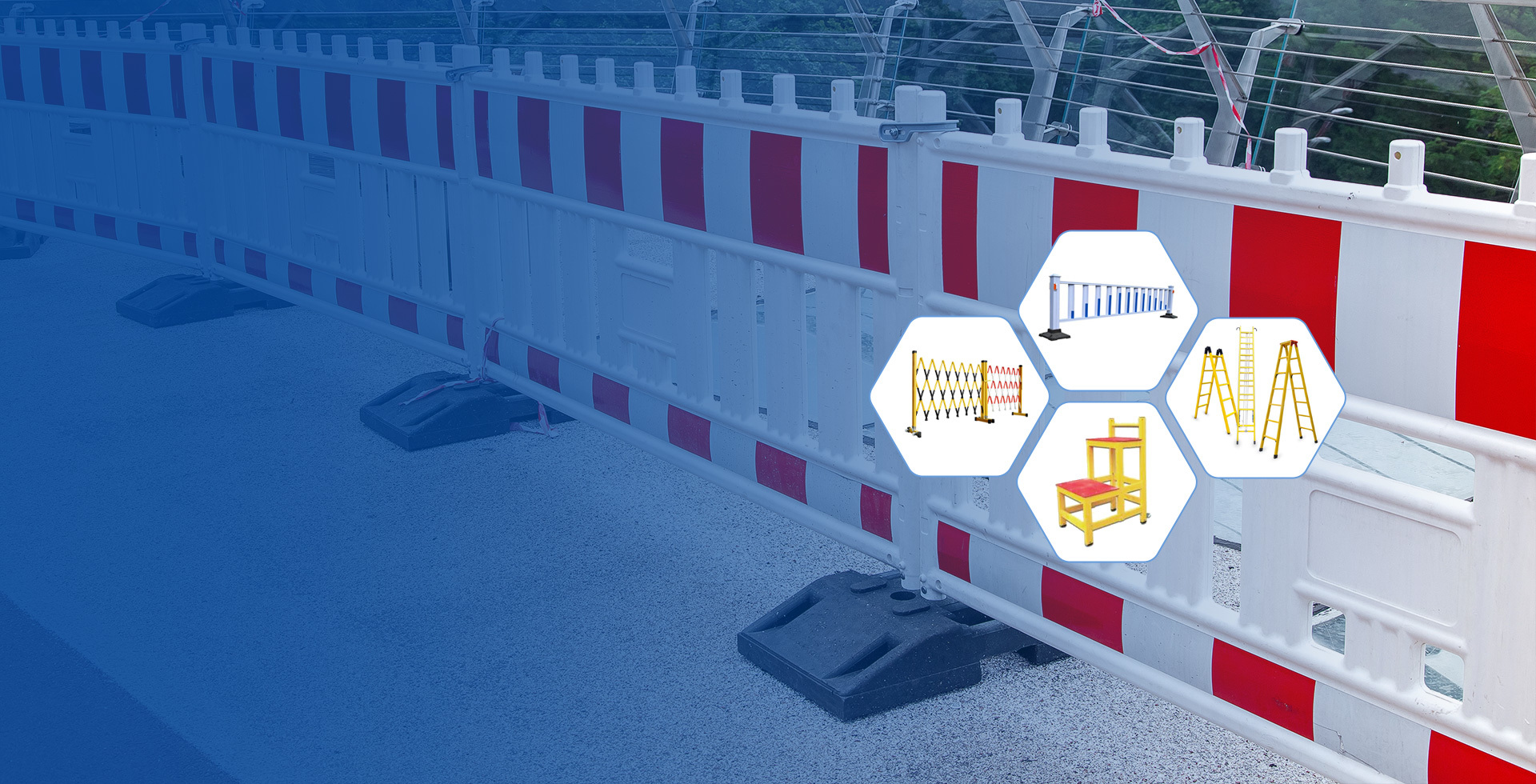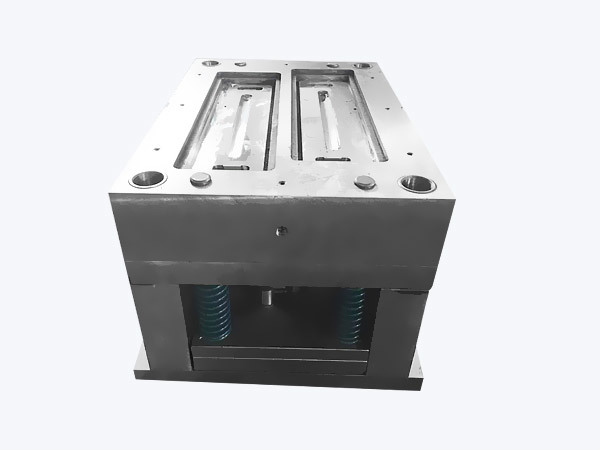Fast delivery
Global supplier
Innovative solutions
Understanding Fiberglass Structural Profiles: The Future of Construction Materials
Jun 28,2025
Fiberglass structural profiles are increasingly becoming a popular choice in the construction and decoration materials sector, particularly for architectural steel and structural components. Composed of glass fibers embedded in a resin matrix, these profiles offer a unique combination of strength, lightweight properties, and versatility. Unlike traditional materials like steel or concrete, fiberglass profiles can be molded into various shapes and sizes, allowing for greater design freedom.
One of the standout features of fiberglass structural profiles is their exceptional durability. They resist corrosion, chemical damage, and UV degradation, making them ideal for use in harsh environments where other materials may fail. This resistance not only extends the lifespan of the structures but also reduces maintenance costs, which is a significant advantage for builders and architects looking to create long-lasting solutions.
Another benefit of fiberglass profiles is their weight. Due to their lightweight nature, they can be easily handled and transported on construction sites, reducing labor costs and improving installation efficiency. This characteristic makes fiberglass an attractive alternative to heavier materials, particularly in applications where weight restrictions are a concern, such as in high-rise buildings or bridges.
Fiberglass structural profiles also offer excellent thermal and acoustic insulation properties. Their unique composition makes them effective in minimizing heat transfer and reducing noise pollution, contributing to the overall energy efficiency and comfort of buildings. In an era where sustainability is paramount, the use of such materials aligns with the growing demand for eco-friendly construction solutions.
Moreover, fiberglass can be manufactured to meet specific design requirements, whether it's color, texture, or shape. This adaptability allows architects to push creative boundaries while adhering to structural integrity and safety standards. As a result, fiberglass structural profiles are increasingly incorporated into modern architectural designs, providing not only functionality but also aesthetic appeal.
In conclusion, fiberglass structural profiles represent a significant advancement in the building materials industry. Their durability, lightweight properties, insulation capabilities, and design flexibility position them as a superior choice for construction applications. As the industry continues to innovate, these profiles are likely to play an even more crucial role in shaping the future of architecture and construction. Embracing fiberglass can lead to more sustainable, efficient, and creatively designed structures, paving the way for a new era in building materials.
One of the standout features of fiberglass structural profiles is their exceptional durability. They resist corrosion, chemical damage, and UV degradation, making them ideal for use in harsh environments where other materials may fail. This resistance not only extends the lifespan of the structures but also reduces maintenance costs, which is a significant advantage for builders and architects looking to create long-lasting solutions.
Another benefit of fiberglass profiles is their weight. Due to their lightweight nature, they can be easily handled and transported on construction sites, reducing labor costs and improving installation efficiency. This characteristic makes fiberglass an attractive alternative to heavier materials, particularly in applications where weight restrictions are a concern, such as in high-rise buildings or bridges.
Fiberglass structural profiles also offer excellent thermal and acoustic insulation properties. Their unique composition makes them effective in minimizing heat transfer and reducing noise pollution, contributing to the overall energy efficiency and comfort of buildings. In an era where sustainability is paramount, the use of such materials aligns with the growing demand for eco-friendly construction solutions.
Moreover, fiberglass can be manufactured to meet specific design requirements, whether it's color, texture, or shape. This adaptability allows architects to push creative boundaries while adhering to structural integrity and safety standards. As a result, fiberglass structural profiles are increasingly incorporated into modern architectural designs, providing not only functionality but also aesthetic appeal.
In conclusion, fiberglass structural profiles represent a significant advancement in the building materials industry. Their durability, lightweight properties, insulation capabilities, and design flexibility position them as a superior choice for construction applications. As the industry continues to innovate, these profiles are likely to play an even more crucial role in shaping the future of architecture and construction. Embracing fiberglass can lead to more sustainable, efficient, and creatively designed structures, paving the way for a new era in building materials.
PREVIOUS:
Contact Us
Tel:
+86017717930013 +86013621742959
Email:
Address:
No.99 Denggao Road, Motou Town, Rugao City, Jiangsu Province, China.








